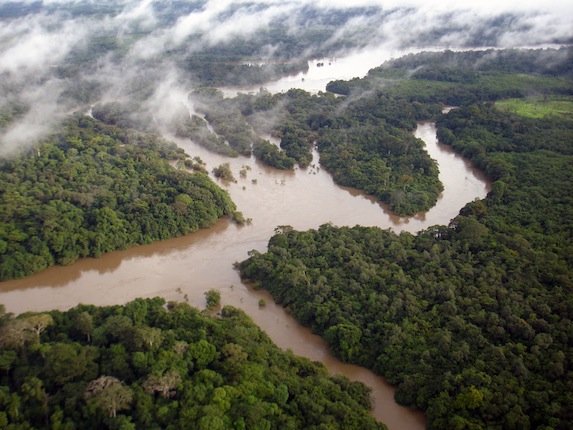
Over here at Stand For Trees we represent the pioneering REDD+ forest conservation projects around the globe.
What is REDD+?
Reducing Emissions from Deforestation and Forest Degradation is a United Nations climate change mitigation strategy that allows us to value our remaining forests and the carbon storage services they provide.
Long story short, by making forests more valuable standing than cut down, the REDD+ model provides forest communities and forested countries with a model for economic development — where both people and the planet benefit.
The incredible REDD+ projects that we advocate for conserve over 18,000 square miles of some of the most spectacular forest landscapes on the planet, and the communities and wildlife that call them home.
Our platform connects and engages the global population on forest conservation and climate action — leveraging the power of social media to bring about grassroots change in how the world's forests are valued and how their stewards are treated.
This creates a sustainable income stream for these high-impact forest conservation projects and by doing so, empowers individuals to do their part in reversing the dangerous effects of climate change.Pretty amazing stuff.
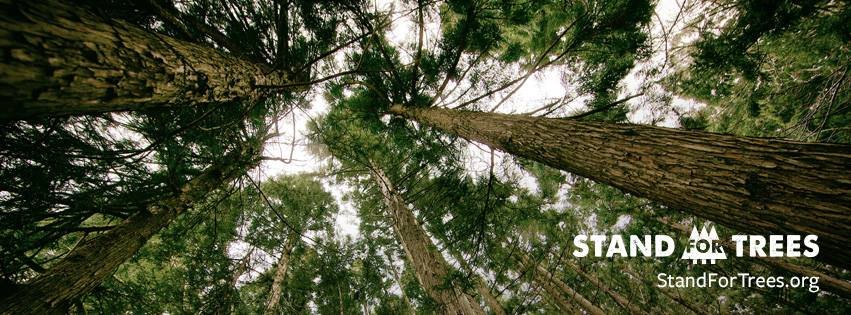
A question we often receive is: “Can you really calculate whether we have prevented a tonne of CO2 from reaching the atmosphere when we protect a particular forest?”
The answer: YES!
We have the technology to quantify just how valuable forests are to our planet's climate system.
When a forest is cleared, its stored carbon is released into the atmosphere, where it combines with oxygen to create CO2, a greenhouse gas that traps heat and warms our planet. Working backwards and using both satellite and ground data, we can therefore quantify the amount of carbon in a particular forest's biomass and the rate of threat of deforestation to that particular forest. Thus, we know the amount of CO2 that forest loss would emit, and the rate at which it would hit our atmosphere without the intervention of REDD+ support.
All Stand For Trees Certificates have been certified by rigorous, independent third-party standards that verify it has indeed prevented a tonne of CO2 from reaching our atmosphere. What's more, each Stand For Trees Certificate has also been certified by rigorous, independent third-party standards that verify your payment is reaching the local community on the ground that helped protect the forest, providing critical investment for a more sustainable pathway to economic development.
To better understand the rigorous verification process that takes place in REDD+ projects, I had the honor of speaking with the Rainforest Alliance, a US based NGO dedicated to the conservation of tropical forests, who played a key role in the auditing process for one of Stand For Trees’ newest projects: The Gola REDD Project in Sierra Leone. Here is what I learned:
The Gola REDD Project - Sierra Leone
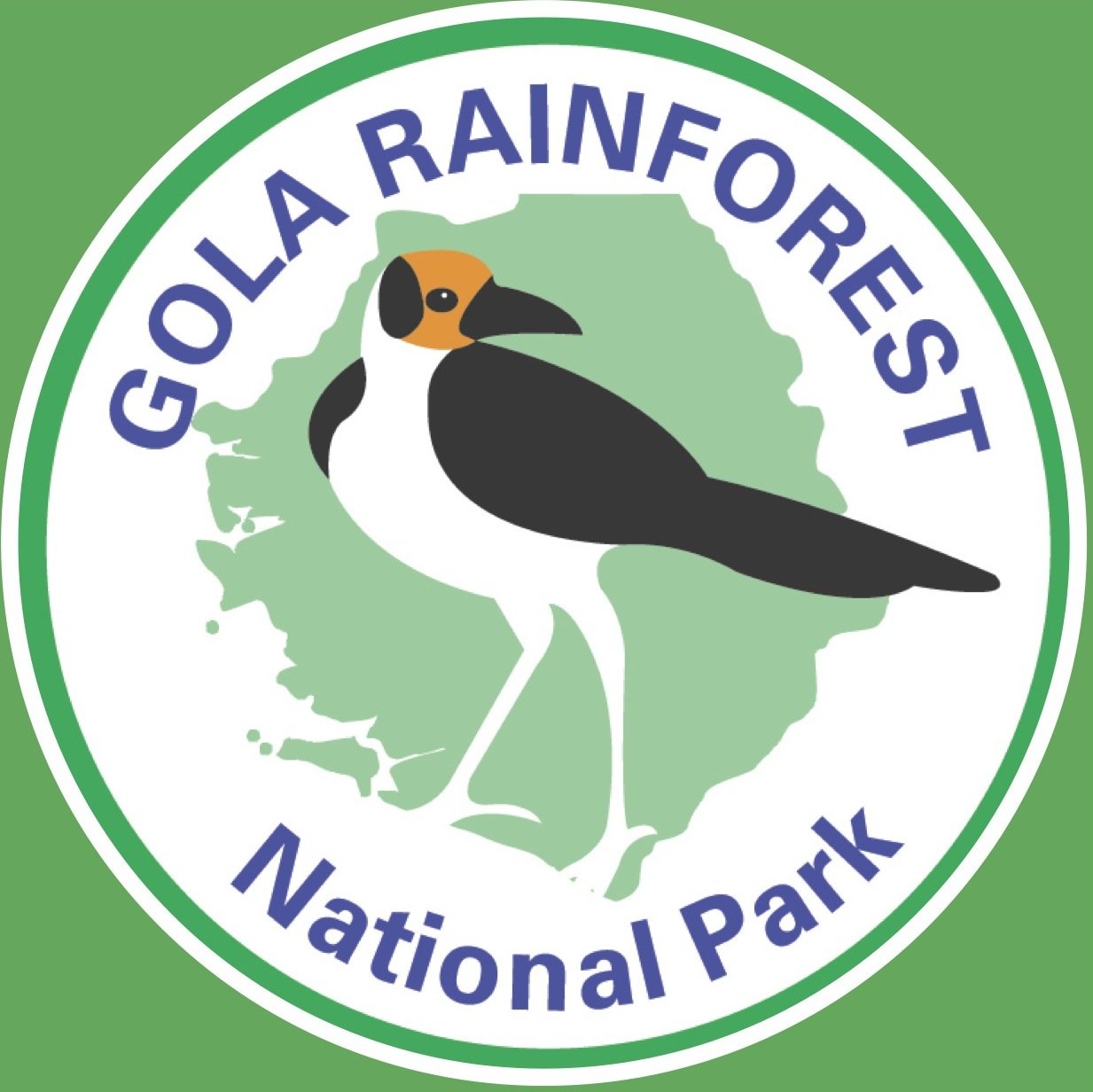
The Gola REDD+ project is a catalyst for peace, prosperity and national pride in Sierra Leone.The project ensures that globally important habitats, biodiversity and environmental services of the Gola Rainforest National Park and the wider Gola landscape are conserved. It also guarantees that neighbouring communities are active environmental stewards of the natural resource base that underpins and enhances their livelihoods.
The project is the first REDD+ project in West Africa, and directly benefits 24,000 people in post-conflict & post-Ebola Sierra Leone.
Project Activities
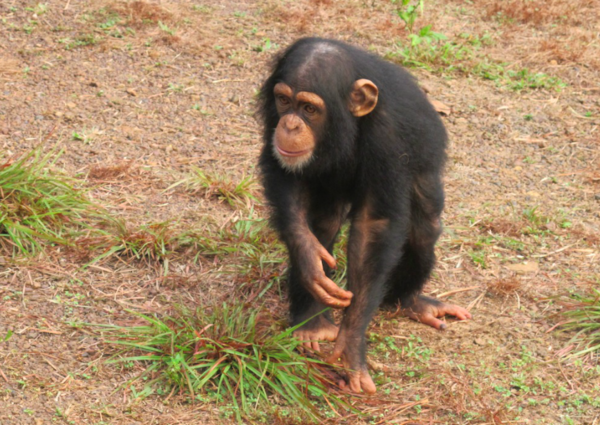
The Gola REDD+ project is a unique forest conservation project that has become the first effectively managed National Park in Sierra Leone.
In addition to conserving more than 68,000 hectares (or about 1.5 times the size of Redwood National Park in California, and 3.5 times the size of Acadia National Park in Maine) of pristine sub-Saharan tropical rainforest, the project simultaneously supports the livelihoods of 122 'forest edge communities' (about 24,000 people).
The project is implemented by the Gola Rainforest Conservation LG, a non profit organization formed by 3 partners: the Government of Sierra Leone, represented by the Ministry of Agriculture, Forestry and Food Security, the Conservation Society for Sierra Leone (CSSL) and the Royal Society for the Protection of Birds (RSPB).
In order to sell carbon credits under the Verified Carbon Standard, a forest-carbon project must be both validated and verified (audited). In this case, the Rainforest Alliance played an integral role.
The importance of forest conservation in Sierra Leone
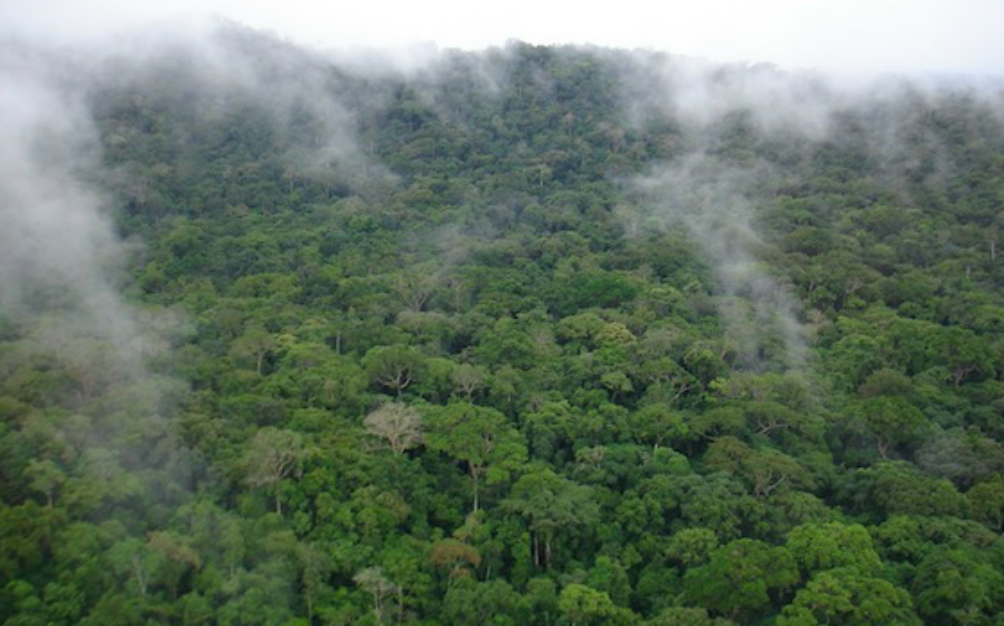
The Gola Rainforest National Park, located in eastern Sierra Leone near the country's border with Liberia, provides habitat for many true primary forest specialists such as Jentink’s duiker, Western red colobus and several species of birds and amphibians which benefit from the relatively undisturbed condition of the forest habitat.
Many species are shy or sensitive to disturbance (i.e. changes to the structure and makeup of the forest ecosystem), including forest elephants, chimpanzees, pygmy hippos, ungulates, or nesting birds.
The project involved forest edge communities throughout, from planning activities to the management structure of the Gola Rainforest Conservation LG, to ensure that key corridor areas for wildlife populations were maintained, thereby reducing forest fragmentation so species can move between different parts of the forest. This connectivity enhances the viability of small wildlife populations, especially species with large home ranges such as the forest elephant and pygmy hippo.
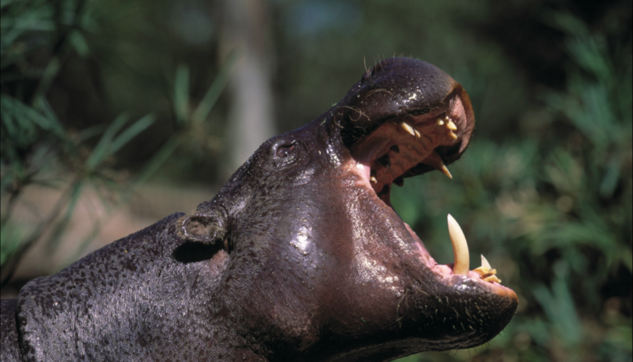
Small-scale mining and logging activities can cause disturbance, opening up the forest by making trails and access roads. By prohibiting this activity within the national park boundaries, water pollution from mining is minimized, directly benefitting aquatic biodiversity.
Further, the project prohibits hunting from taking place within the park, thereby reducing hunting pressure, particularly for species targeted by local hunters—primates and duikers (popular sources of bushmeat). The vulnerable (IUCN classification) sooty mangabey and colobine primates are especially susceptible to hunting.
Terrestrial birds also get caught using snares when hunting is permitted, including the vulnerable white-breasted guinea fowl. Project communities are involved in capacity-building and information sharing events (such as the 'environmental roadshows' the GRNP has put on, which are popular with the communities surrounding the park) about threatened species to reduce the threats from hunting activities.
How REDD+ is being used to empower this community
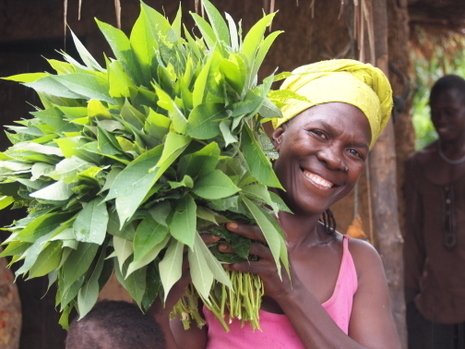
Most of the people living in the 122 forest edge communities surrounding the Gola Rainforest National Park are subsistence farmers living in extreme poverty, relying on poor agricultural practices for their livelihoods and who are affected by a hunger gap yearly.
One may wonder how tropical soils can be productive enough to produce and sustain massive trees and expansive rainforests, yet are infertile. This has to do with how fast organic matter—the principal source of soil's fertility—decomposes. Because tropical countries' temperatures and moisture favor decomposition almost all year round, soil organic matter does not have the opportunity to build up like it does in colder and drier regions.
When a soil's source of organic matter (e.g. the forest) is removed, it takes just a few short years before becoming infertile. Therefore, the expectation is that, without the project, as the local population grows the demand on land also increases, and the forest's boundaries would be chipped away over time by expanding farms until there is little to no forest habitat left.
To combat the diminishing agricultural yields and incentivize community buy-in to the project (and thus protecting the forest), the project is implementing a variety of social programs to help support the locals' livelihoods. These programs include:
● Crop Intensification Programme
● Cocoa Programme
● Savings and Internal Loans Community (SILC) Programme
● Co-management and Land Use Planning Programme
● Environmental Awareness and Education Scholarships Programme
● Crop Raiding by Wildlife Programme
● Community Development Fund (CDF) Programme
● Workers’ Rights and Employment Programme
● Communication and Grievance Procedures Programme
● Government Capacity Building Programme
● Park Operations Department (Biodiversity Output and Outcome Indicators)
● Community Development Department (Biodiversity Output and Outcome Indicators)
How the audit process works
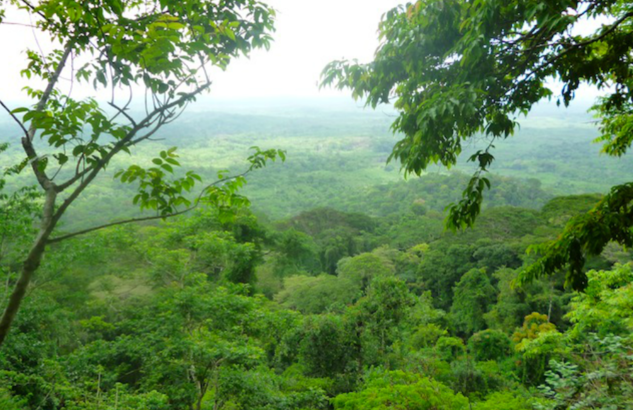
The Rainforest Alliance conducted both The Climate, Community and Biodiversity Standards (CCB) and the Verified Carbon Standard (VCS) validation & verification of the Gola REDD project.
All projects must be successfully validated before verification can be approved.
For the CCB component of the project, open comments from the public must be heard.
The validation and verification audits are two distinct processes. Both are required by the VCS & CCB standards before any greenhouse gas emission (GHG) reduction claims, or net positive community and biodiversity claims can be made by a given project.
Validation occurs first and is essentially an evaluation of the project's design against the applicable standards. Validation assesses if the project is properly implemented, whether or not it is expected to lead to the projected GHG emission reductions/removals it is projecting to achieve.
It also assesses if implementation of the project activities will lead to net positive community and biodiversity benefits anticipated to result from the project activities (CCB).
Once a project is validated, it then must undergo periodic verifications in order to be able to sell credits.
Verification audits assess the implementation of the project activities and whether the project has actually achieved the GHG emission reductions and/or removals and net positive community and biodiversity benefits over a given monitoring period. In the case of REDD projects, the verification audit assesses if the project activities have been effective in stopping or slowing the rates of deforestation and/or degradation expected to occur in absence of the project, and if the project has achieved net positive community and biodiversity benefits as a result of the project activities.
Verification audits result in the issuance of credits, which can subsequently be sold/traded. Associated revenues are typically returned to the project to continue the implementation of the project activities into the future.
Both validation & verification audits involve components of a desk based review and field audit. On-site including things like inspections of the project area(s), project boundaries, forest inventory plots, surrounding land uses (outside of the project area), interviews with project staff, landowners, community members, government officials, and local NGOs etc.
In the case of REDD+ projects this will typically include assessment of the project's GIS analysis and remote sensing data used to determine actual rates of forest cover loss or forest degradation, implementation of capacity building and improved livelihood activities that have helped to reduce rates of deforestation or degradation in the project area as well as contributed to net positive community and biodiversity benefits.
The importance & rigor of the validation process
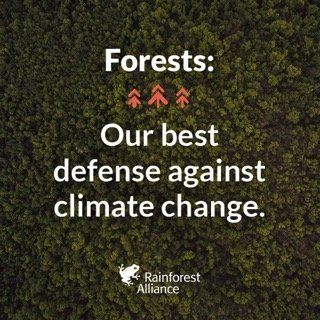
Audit teams assess carbon projects to a reasonable level of assurance and make a determination as to whether the project has demonstrated conformance to the applicable standards.
With regards to the GHG assertion, auditors must determine if there are any material errors, omissions or misrepresentations that exceed the materiality thresholds established by the standards.
It is important that projects adhere to the principles of the standards they are being audited against to ensure the GHG related claims are a true and fair account.
Rigor in the independent third party audit process is essential in ensuring there are no material errors in the GHG emission reductions and/or removals being claimed by the project, and that such claims accurately reflect the actual GHG emission reductions and/or removals achieved by the project. This ensures the credibility of the project in the marketplace, and that the credits issued to the project represent actual and true emission reductions generated by the project.
Such rigor also ensures the credibility and stability of carbon markets in general. Under the CCB program it also ensures that the project has truly resulted in net positive community and biodiversity benefits that would not have occurred in absence of the project.
The Rainforest Alliance is an ANSI (American National Standards Institute ) accredited Validation/Verification Body that works with all of the major voluntary carbon programs including: VCS, CCB, Gold Standard, Plan Vivo, CAR & ACR. The Rainforest Alliance is widely recognized as an international leader in providing thorough, objective, forest and agriculture auditing services. To date, the Rainforest Alliance has conducted more than 140 validation/verification audits of forest carbon projects globally covering all forest carbon project types. This represents projects located in over 30 countries.
Readers can support the Rainforest Alliance in their work, which also goes beyond evaluating projects, and they can also directly support the projects that the Rainforest Alliance evaluates. For more information, visit: Rainforest Alliance & Gola Rainforest.